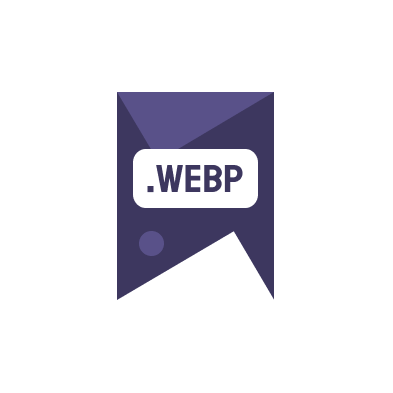Optimized images are crucial for enhancing website performance, boosting SEO, and improving overall user experience. In this detailed guide, we’ll explore why optimized images are essential and how you can effectively optimize images for your website.
The Importance of Image Optimization
In today’s digital age, visuals are key to capturing the attention of your audience. However, if these images are not properly optimized, they can negatively affect your site’s load time, SEO ranking, and user engagement. By optimizing your images, you ensure that your website remains fast, accessible, and appealing.
Benefits of Optimized Images
- Improved Page Speed: Large, unoptimized images can drastically slow down your website. Optimized images reduce page load times, enhancing the user experience.
- Better SEO Ranking: Search engines favor websites with fast load times. By optimizing your images, you can improve your SEO positioning.
- Enhanced User Engagement: Fast-loading images retain users’ attention and encourage them to interact more with your content.
- Reduced Bandwidth Usage: Optimizing images reduces bandwidth usage, which can significantly decrease hosting costs.
How to Optimize Images for the Web
Optimizing images involves various techniques, including resizing images to appropriate dimensions, compressing images without losing quality, and choosing the right file format. One popular format for web images, due to its high-quality and small file size, is WebP.
Several tools and platforms, including the free service Image to webp online free, allow you to convert images to WebP format effortlessly. Additionally, you can check your page speed and how well your images are optimized by using tools like PageSpeed Insights.
Case Studies and Real-World Examples
Many businesses have seen significant improvements in user engagement and SEO after optimizing their images. For instance, a retail website experienced a 50% decrease in bounce rates and a 10% increase in engagement after reducing image file sizes and optimizing load times.
Best Practices for Image Optimization
- Always choose the right format: JPEG for high-quality photos, PNG for transparency, and WebP for an excellent balance between quality and file size.
- Use image editing tools to resize and compress images before uploading them to your website.
- Utilize CSS sprites to reduce HTTP requests for multiple images.
Remember, each image on your website should serve a purpose. Avoid using unnecessary images and ensure every image is optimized to contribute to a seamless user experience.
For more detailed guidance on image optimization or if you need professional assistance, please visit our contact page.
In conclusion, optimized images are not just beneficial; they are essential for any modern website that aims to provide a superior user experience and rank well in search engines. Start optimizing your images today to see significant improvements in your site performance and user engagement.

